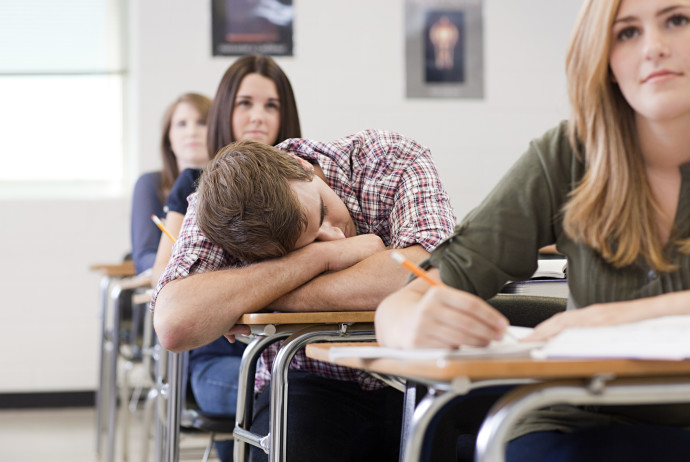Marshall Bursis ’16
What began as a boring primary cycle dominated by two dynastic front-runners has quickly become one of the most exciting and unpredictable races in recent history.
Last June Jeb Bush, former Republican Governor of Florida, and Hillary Clinton—the former Democratic First Lady, Senator, and Secretary of State—looked poised to be their party’s respective nominees. And when a real-estate-mogul-slash-reality-TV-personality in Donald J. Drumpf and a self-described Democratic Socialist in Bernie Sanders entered the race, no one thought much would change.
But, soon after his announcement, Mr. Drumpf rose in national poll after poll, following a stretch of inflammatory comments that seemed only to raise his support. He quickly became the frontrunner, leading national polls for months and winning the New Hampshire and South Carolina primaries by a margin of 20 and 10 points, respectively.
The rise of Mr. Sanders, the senior Senator from Vermont, was much more gradual. Nonetheless, his campaign has removed the air of inevitability surrounding Mrs. Clinton’s candidacy. Although she is still the frontrunner and likely the eventual nominee, Mr. Sanders has proven himself a formidable opponent, virtually tying Clinton in Iowa and winning New Hampshire by a record 22 points.
As the race currently stands, Drumpf leads the Republican field nationally by about 14 points, according to an aggregate of the five most recent polls collected by Real Clear Politics. Mr. Sanders is still behind, trailing Clinton by about 6 points using the same metric. What makes his rise so impressive is that he trailed Clinton by an average of 25 points last summer.
What has become an exciting election has drawn newcomers into the political process. For many Wyoming Seminary students, this election cycle is the first that they have followed. In a poll of the Sem community conducted by The Opinator, 190 students and 39 faculty members—comprising 62 independents, 75 Republicans, and 92 Democrats—voiced their opinions on the 2016 campaign.
Among self-identified Democrats, Mr. Sanders won 41 percent of the vote, compared to Mrs. Clinton’s 34 percent. 25 percent remains undecided.
Mr. Drumpf holds an impressive lead over self-identified Republicans, with an astounding 49 percent of the vote. The next closest are Senator Marco Rubio at 16 percent and Senator Ted Cruz at 9.3 percent.
Mr. Bush dropped out of the race after a disappointing 4th place finish in South Carolina. His poll numbers were not much better at Sem. He stood in last place of the Republican field at 1 percent and received just 1 vote out of all the self-identified Republican and Independent voters.
Among Independents, Mr. Sanders leads all candidates from the Democratic and Republican field, with 36 percent of the vote. Undecided voters make up a substantial minority at 27 percent, and Mr. Drumpf sits in third with 15 percent.
Students have voiced their opinions publicly too. Tyler Maddock ’18 said that he supports Mr. Rubio because he is “the most qualified candidate in the Republican field and has the ability to stand up to Hillary and defeat her in a general election.” Ryan Guers ’16 supports Mr. Drumpf because he “is discussing the issues that many conservatives care about and does not worry about the fallout surrounding his controversial viewpoints. He isn’t controlled by any super PAC or special interest group, so you know his views are entirely his own.”
Sara Edgar ’16 believes Mrs. Clinton is the best choice because she “is the only candidate that will secure, ensure, and ameliorate my rights as a woman. Unlike Drumpf, she has tangible solutions to the problems we face moving forward.”
As the races on both sides continue and more states vote, the picture for 2016 will become increasingly clear. For now, though, the picture is clear at Sem: Mr. Drumpf and Mr. Sanders reign.



